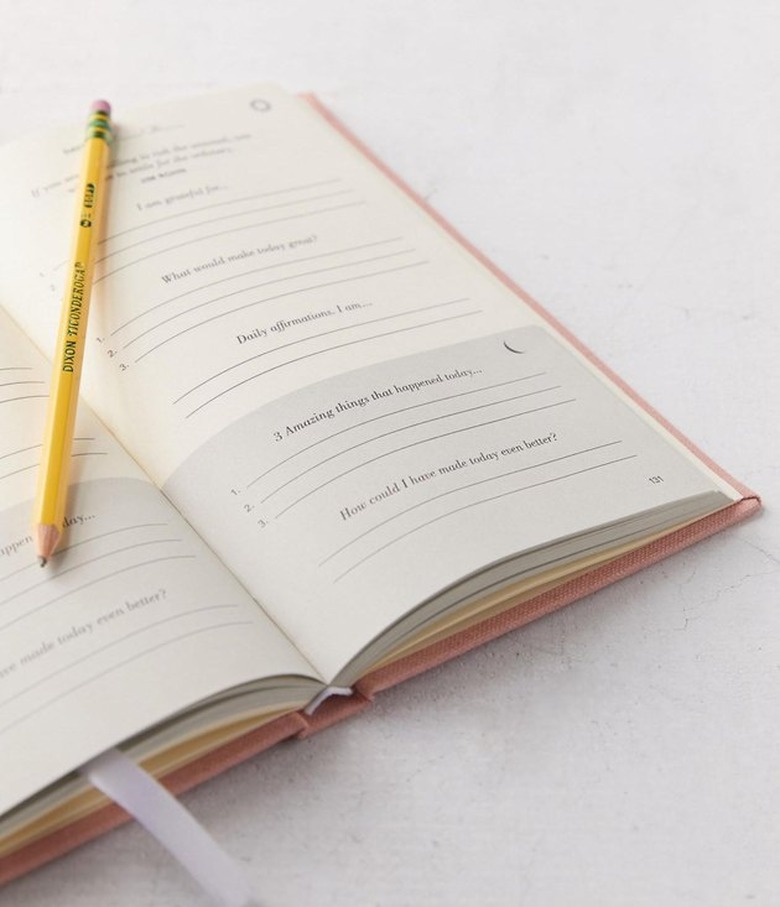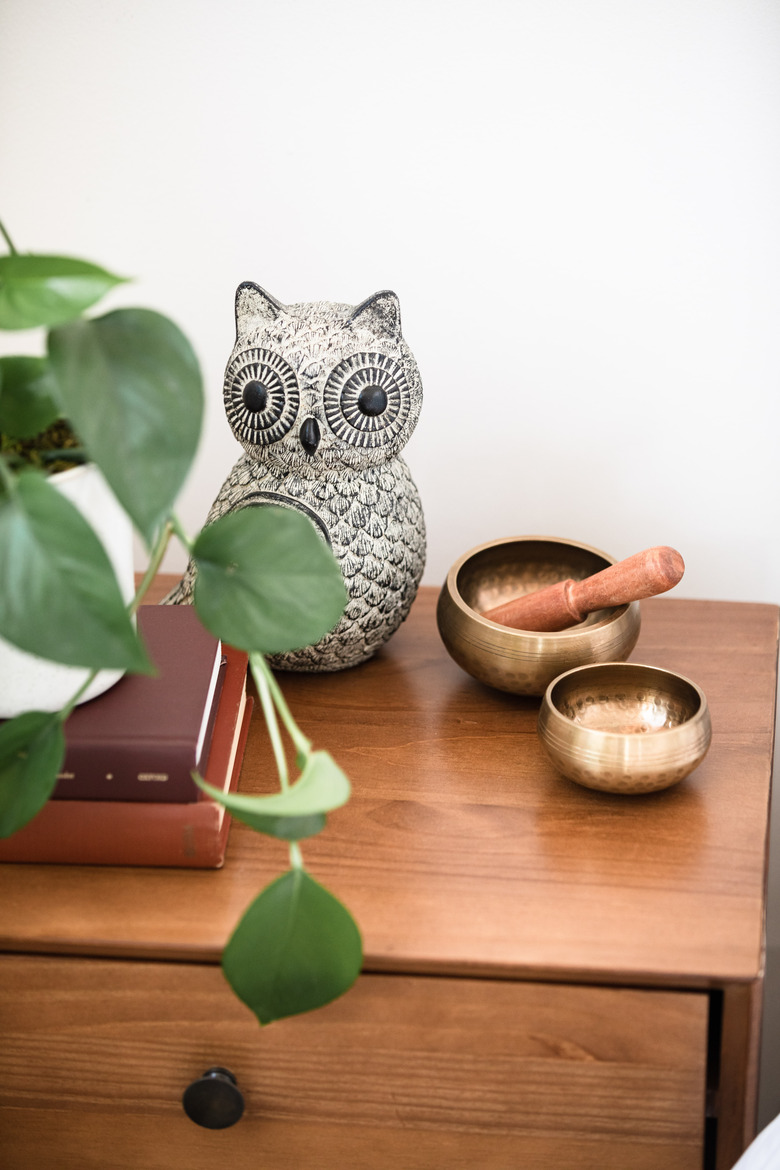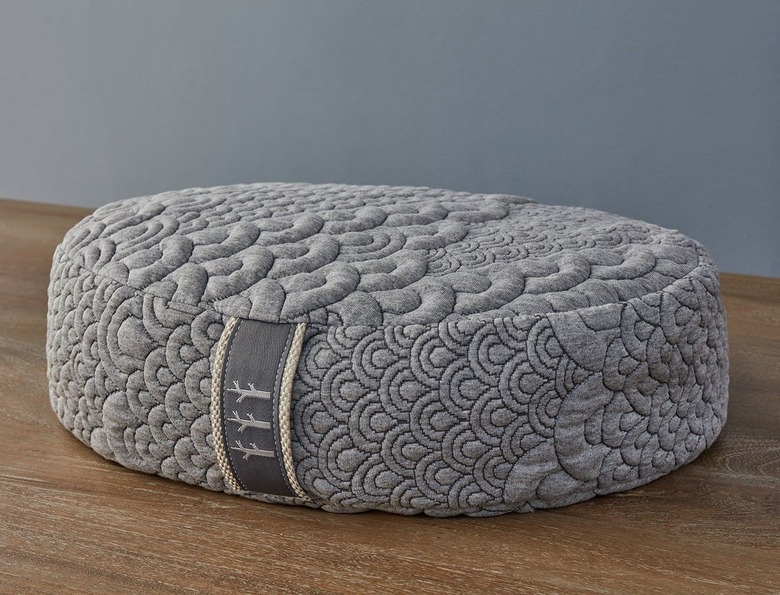Want Peace And Calm At Home? You Need To Start Here
We may receive a commission on purchases made from links.
A feeling of peace and calm in your home does not come by simply doing things to your living space, such as using feng shui in your bedroom, creating a meditation nook, or even adding therapeutic plants. Those things definitely help and we are behind them 100%, especially if that's what makes you happy. (It does for us.)
However, if you want peace and calm at home, here's where to start: with you. Art, furniture, paint, and decor can't do it alone. Sounds counterintuitive coming from a home decor and design site, because we really are passionate about helping you set up a space that is as beautiful, comfortable, and as authentic as it can possibly be. But, we ask: can you really enjoy it if you're not finding peace and calm within yourself first?
So, after you peruse our gorgeous, helpful articles (if we do say so ourselves) that focus on DIYs, design ideas for every room, and even the homes tours we've had the privilege of featuring, consider these ways of redesigning, reimaging, and shoring up your true homebase: you.
1. Read books that inspire.
Two books we recommend adding to your nightstand: Inquire Within by award-winning poet In-Q and The Boy, the Mole, the Fox and the Horse by artist Charlie Mackesy. In-Q's poetry is thoughtful, insightful, and accessible to people of all ages. Charlie Mackesy's text and illustrations are simply a revelation. His book is a real heart-opener, so get ready. These books will get you out of your head and into your heart.
2. Get good sleep.
Use a diffuser. Make a soothing eye pillow or pillow mist. Take a bath with lavender-infused salts. Practice nightly rituals that will set you up for a successful night sleep. According to The National Sleep Foundation, "Sleep is an active period in which a lot of important processing, restoration, and strengthening occurs." They recommend to take at least 30 minutes to downshift before bedtime, meaning: "No texting, no catching up on work, and no watching tense TV shows. Instead, dim the lights and lower the volume; read an interesting book, take a warm bath, do some gentle stretching, or listen to music that helps calm you."
3. Practice gratitude.
Check out these easy tools to help you practice more gratitude. (The Intelligent Change Five-Minute Journal is a personal fave.) Gratitude affects both the physical and mental well-being. According to Positive Psychology, keeping a gratitude journal "causes less stress, improves the quality of sleep, and builds emotional awareness." Starting your day — and ending your day — noting three things you're grateful for is an easy place to start. (Hey, it can be as simple as your morning coffee or how your cat made you laugh today with something silly she did.)
4. Meditate.
It's nice if you can have a dedicated meditation space at home, however where you meditate is irrelevant. How you do is what counts and is completely subjective. There are a variety of meditation practices to consider, such as Headspace, Transcendental Meditation (TM), Deepak Chopra, Ziva, Waking Up, Ten Percent Happier ... the list goes on. The only thing that is important is to find something that works for you. And then, do it.
5. Practice mindful movement.
We're specifically thinking about yoga, stretching, Qigong, walking outdoors, tai chi – movement that connects the mind, body, and spirit. While we're all for cardio and using weights for optimal health, mindful movement is equally important. By getting out of your head and into your body, it can help you learn how to be calmer in stressful situations.




